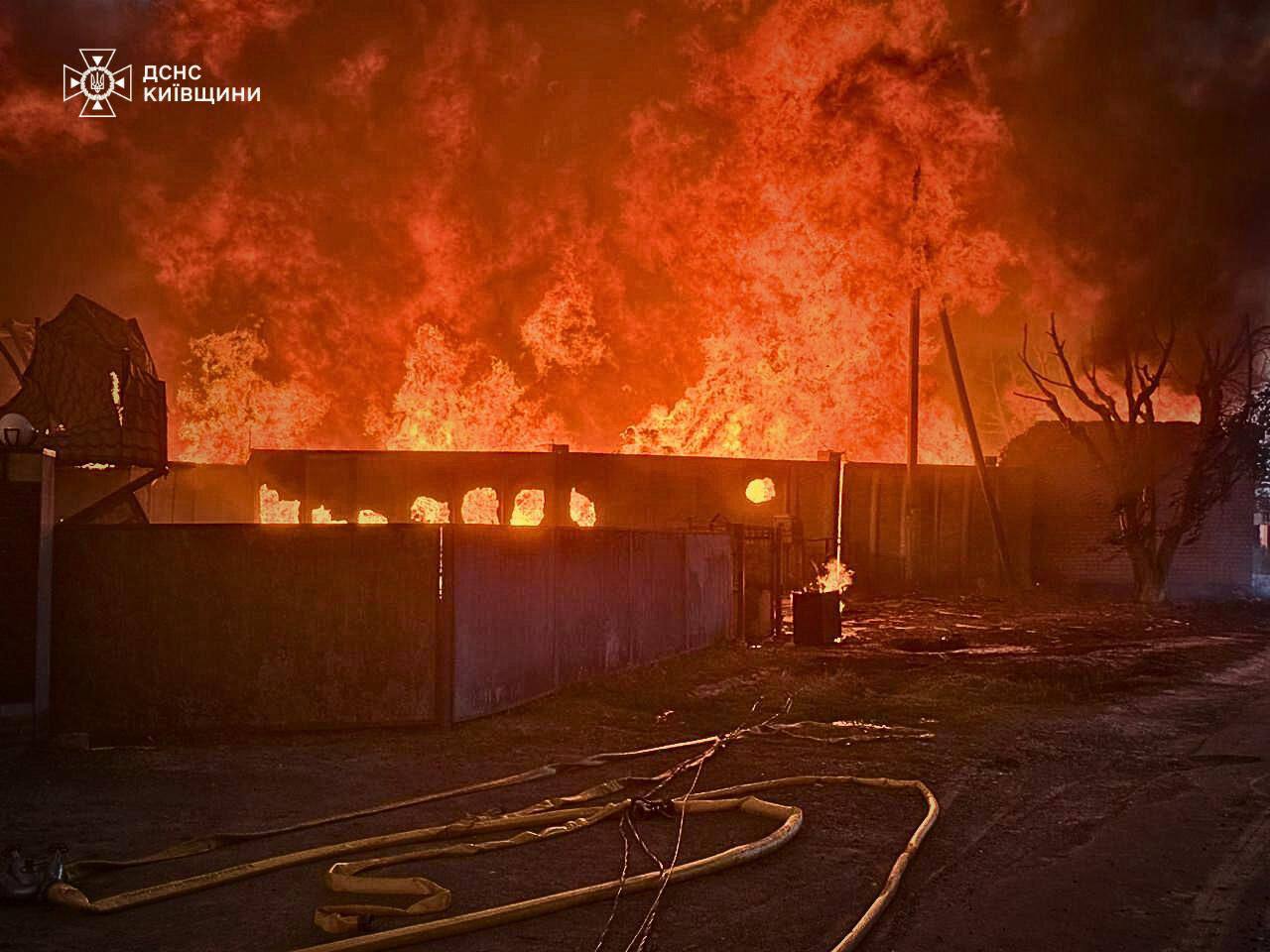Ukraine faced its most extensive aerial bombardment since Russia’s full-scale invasion began in 2022, with Russian forces deploying 741 air targets against multiple regions on the night of 9 July.
The timing matters. This bombardment came as multiple countries pushed for ceasefires and peace talks. Russia’s response? Its biggest terror campaign yet.
Russian forces launched 728 drones of various types and 13 missiles against Ukrainian territory, according to Ukraine’s Air Forces. The drone fleet included over 300 Shahed models alongside other unmanned systems. The missile component consisted of seven X-101 and Iskander-K cruise missiles plus six X-47 Kinzhal aeroballistic missiles.
Ukrainian air defenses intercepted 718 of the incoming targets. Seven cruise missiles were destroyed, while 728 drones were neutralized through direct fire or electronic warfare systems.
City in western Ukraine takes the worst hit
The western city of Lutsk endured what Mayor Ihor Polishchuk described as “the most massive shelling of the city since the beginning of the full-scale war.” Regional administration head Ivan Rudnytsky reported that the Russian forces targeted the city with five missiles and 50 drones.
The attacks triggered fires at a garage cooperative and an industrial facility, according to Mayor Polishchuk. No fatalities were reported from the Lutsk strikes, though the assault caused significant property damage across the city.
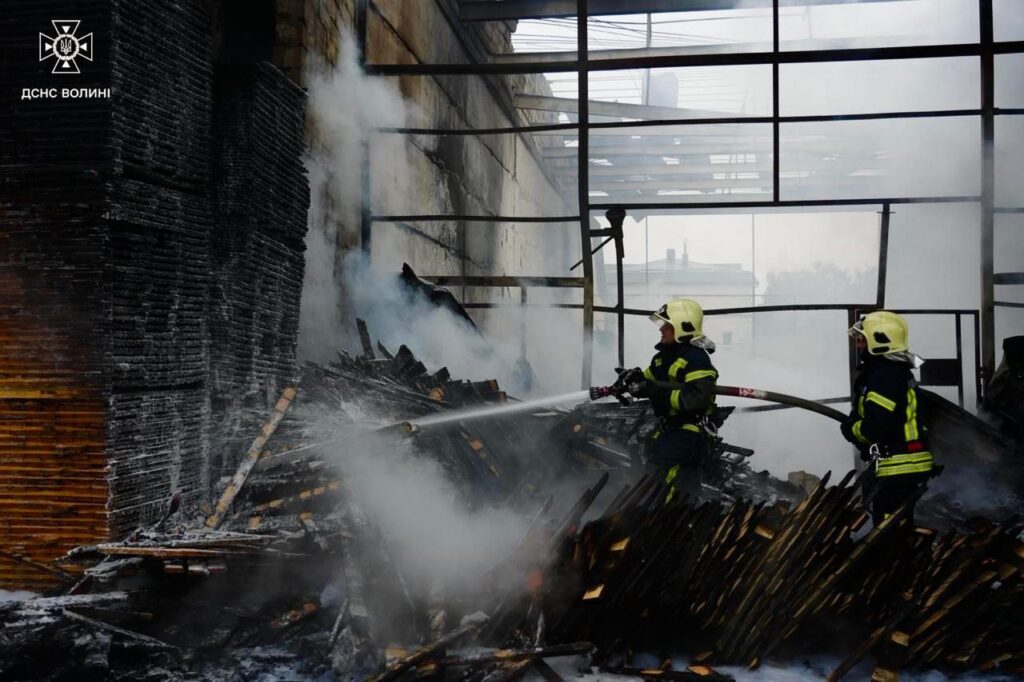
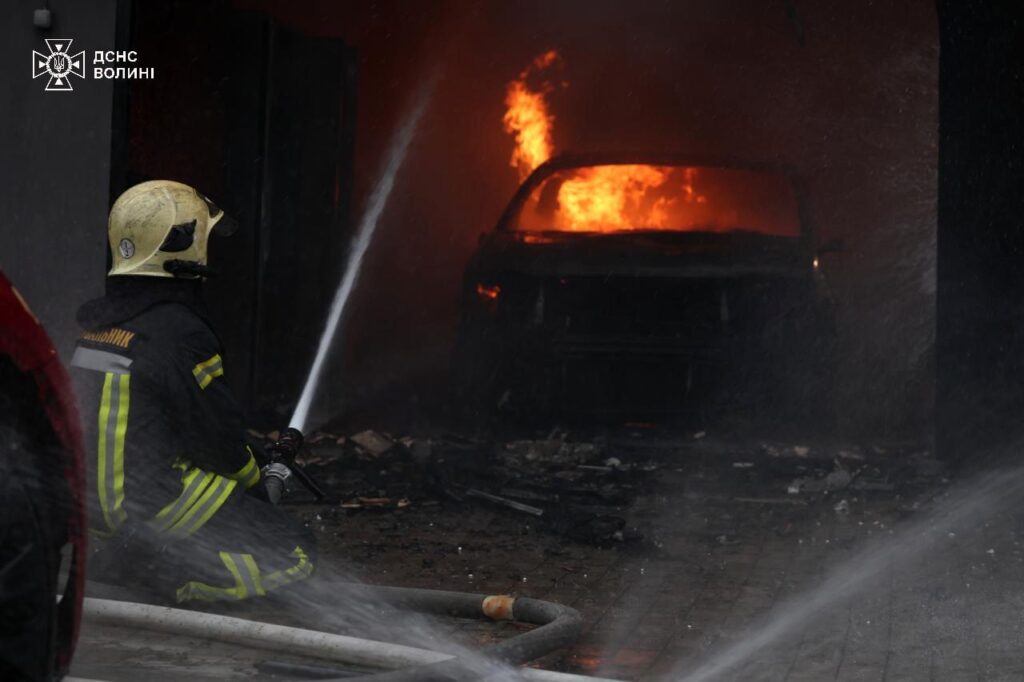
One woman injured in Kyiv Oblast
Beyond Lutsk, Russian projectiles struck targets in central Kyiv and Zhytomyr oblasts and western Ternopil, and Ivano-Frankivsk oblasts. In Kyiv Oblast, strike drones injured one woman who sustained a closed chest fracture, according to regional administration head Mykola Kalashnyk.
Ternopil city came under attack from cruise missiles and strike drones, though officials provided no immediate damage assessment. In Khmelnytskyi Oblast, regional head Serhii Tyurin reported damage to a private residence’s roof and walls.
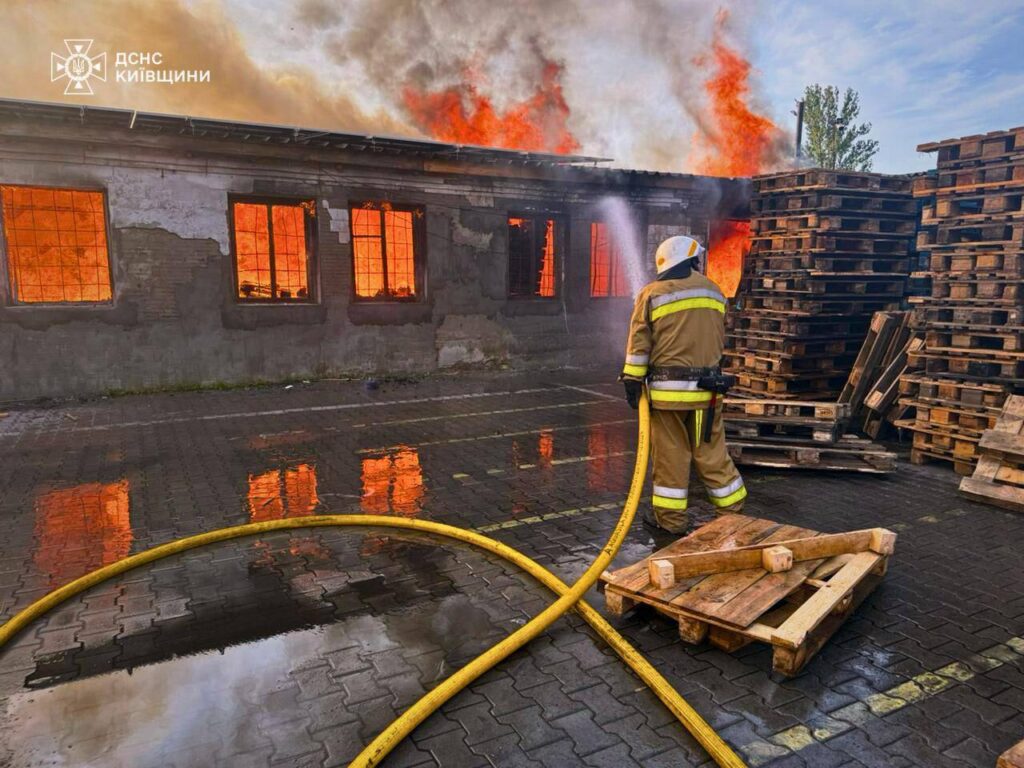
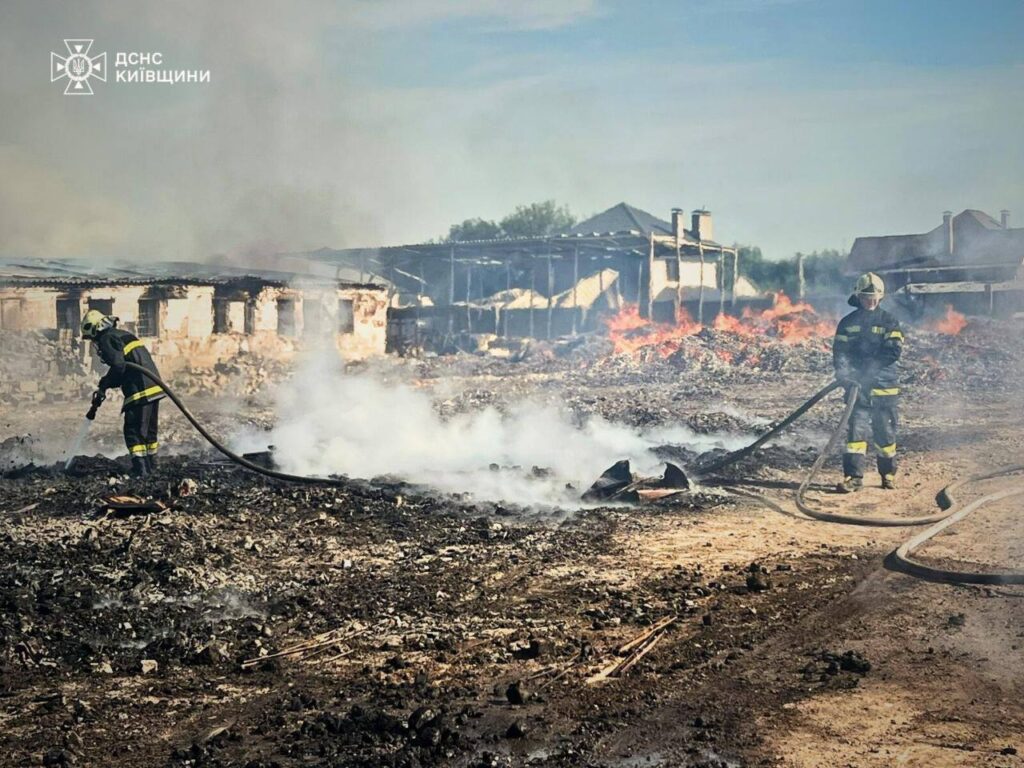
Zelenskyy calls for stronger sanctions
President Volodymyr Zelenskyy characterized the bombardment as a “telling attack” occurring amid international peace efforts that Russia continues to reject.
“This is a telling attack – and it comes precisely at a time when so many efforts have been made to achieve peace, to establish a ceasefire, and yet only Russia continues to rebuff them all,” he wrote.
Zelenskyy said the attack proved the need for “biting sanctions against oil, which has been fueling Moscow’s war machine with money for over three years of the war.”
The president emphasized that “everyone who wants peace must act,” calling for secondary sanctions against entities purchasing Russian oil and “sponsoring killings.”
Russia was clearly preparing for major attack
The massive 9 July attack followed a notably smaller Russian drone strike on 8 July that brought just a handful of drones against eastern Mykolaiv Oblast. One man was wounded, some fires started, but nothing approaching the scale of what followed.
Russia often scales back daily attacks for 24-48 hours, then unleashes everything at once. The quiet nights aren’t mercy—they’re preparation.
Why stockpile drones? Because mass psychological impact requires mass numbers. A few dozen drones every night becomes routine. But 728 in one assault? That keeps entire populations awake, wondering when the next mega-attack will come.
Read also
-
Drone flames in Kharkiv, missile blasts in Chuhuiv, shell in Kherson—Russia kills 13, injures 67
-
Russia floods Ukraine with 1,270 drones and nearly 1,000 bombs in a week—“We need air defense now,” Zelenskyy says
-
Shahed drone strike wounds civilian in Mykolaiv as Russia might be saving drones for something bigger
-
Trump flips on Ukraine weapons cutoff: “We have to help them”




